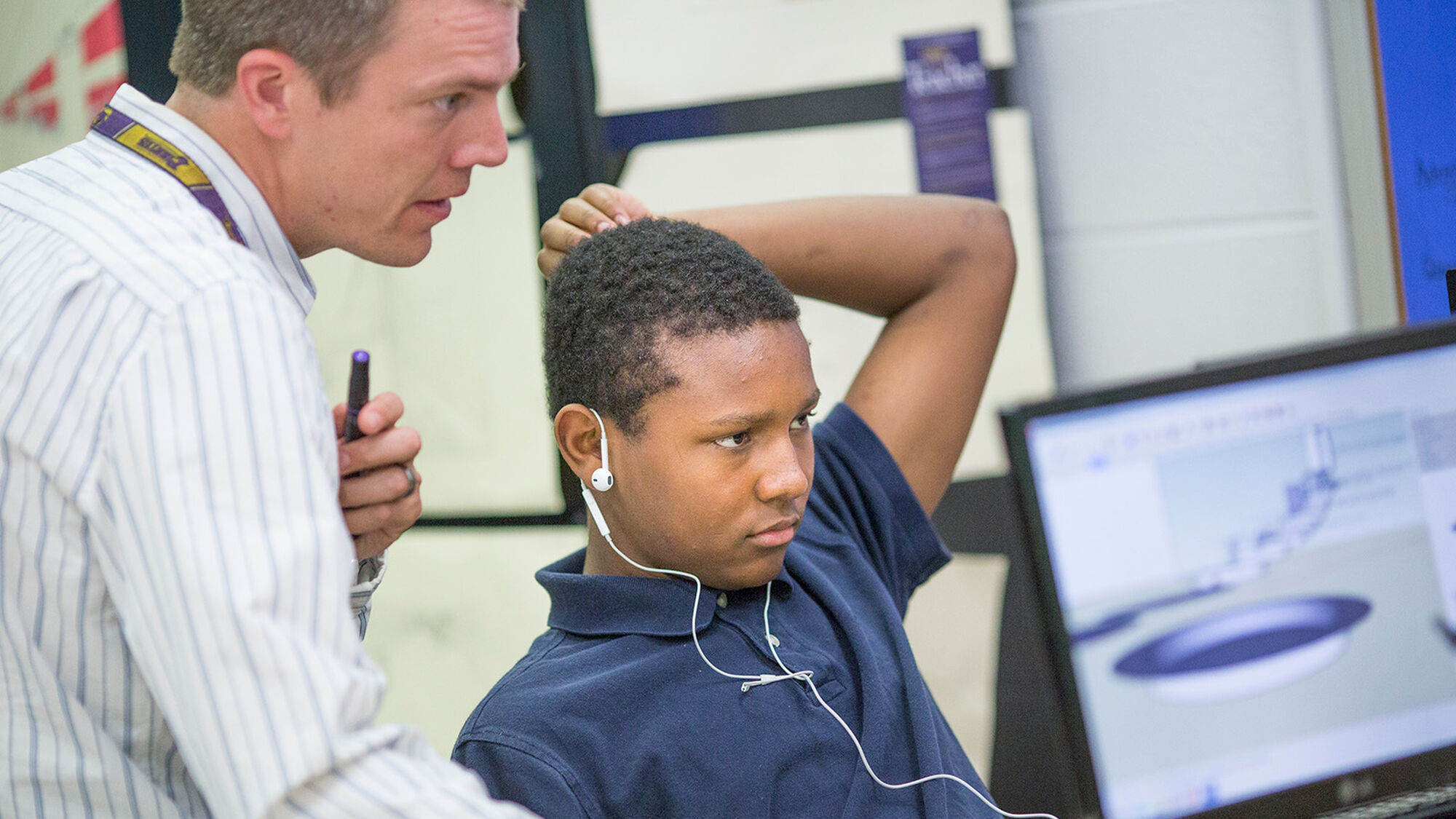In the summer of 2014, a cohort of 29 National Writing Project (NWP) teachers began a 2-year practitioner-driven professional learning experience—the Inquiry into Science Writing Project (ISWP)—to better understand and better support teacher instruction around evidence-based science writing. This project coincided with the adoption of the Next Generation Science Standards (NGSS) by many states, signaling a shift to learning science as a set of practices rather than static knowledge.
Researchers from SRI International and The Lawrence Hall of Science partnered with NWP to investigate how teachers support students in creating written scientific arguments—one of the central scientific practices emphasized by NGSS—and what kinds of professional learning experiences support this instruction. A year after ISWP ended, SRI followed eight of these teachers to better understand what, if any, changes persisted in their practice. Based on 4 years of study, captured in recently published case studies, here’s what was found about how teachers learned to teach a type of writing that was new to their science classrooms.
Structured cycles of practice and reflection matter
For the overwhelming majority of the ISWP cohort, engaging students in the practice of evidence-based science writing was a substantial shift from the usual informational writing featured in their science classrooms. SRI was not surprised by the degree of challenge associated with this shift; researchers such as Wilson and Osborne anticipated the significant support teachers would need to meet the expectations of the new standards (Wilson, 2013; Osborne, 2014). These shifts may be particularly challenging for experienced teachers who not only need to learn to teach in new ways, but also to abandon their prior practice in favor of new instructional techniques (Kennedy, 2016).
Given the challenge of learning a new way to teach science—by focusing on the practice of evidence-based-science writing—what helped teachers change their practice? The study found that teachers learned by doing (intentionally, repeatedly experimenting with their practice) and reflecting on what they do, by reflecting with other teachers, and by engaging in developing and influencing professional learning experiences and resources.
Teachers learn through experimenting with practice
A key part of the ISWP experience was that each semester, participants designed and taught lesson series on evidence-based science writing. Both during and after ISWP, teachers shared how valuable it was to design and teach these lesson series so they could experience how the planning, instructional scaffolds, and student work changed when they focused on teaching students how to argue from evidence. In the following video, one teacher describes how adding argument writing questions to a typical lesson series allowed her to create a much richer assignment for her students.
Teachers learn through reflection on practice
Teachers documented the lessons with a collection of instructional artifacts called scoops.[1] Each scoop included lesson plans, assignments, scoring guides or rubrics, marked-up student work (assignments or assessments), and teachers’ responses to reflection questions about the lesson and student work. The scoops weren’t just a collection of handouts and student work—ISWP expectations required that teachers answer reflection questions before, during, and after the lesson series. Some teachers chose to teach the same scoop lesson series multiple times as a way to iteratively refine their practice. Even biannual interviews with the research team served as an opportunity for teachers to step back from their daily practice and consolidate their learning.
“It gave me some clarity about what are kids thinking about...and how I can drive their thinking for better understanding.”
ISWP also asked participants to reflect from a student’s perspective. During week-long summer institutes, teachers engaged in activities such as building a boat out of foil and then testing how many pennies it could support before sinking. One teacher explained how being in the position of the student carrying out a lab helped her understand what students might struggle with: “I was able to get into the mindset of a student. It’s not that often that you sit as a student doing an activity like that. It gave me some clarity about what are kids thinking about...and how I can drive their thinking for better understanding.”
Teachers learn through collaboration
Teachers consistently cited the conversations they had with other educators and resources shared by their peers among the most useful elements of the professional learning experience. ISWP structured recurrent spaces for teachers to learn from each other, including:
An online portal of teachers’ completed scoops
Local teacher research groups
National ISWP conference calls and summer institutes
Annual National Writing Project convenings.
In addition to these built-in opportunities, some teachers went further, participating in local Writing Project conferences or designing a summer course at the local state university to instruct other teachers on how to incorporate evidence-based science writing in their own classrooms.
[1] The approach was modeled after the “Scoop Notebook” developed by Hilda Borko and colleagues (Borko, Stecher, & Kuffner, 2007; Borko & Stecher, 2012).

